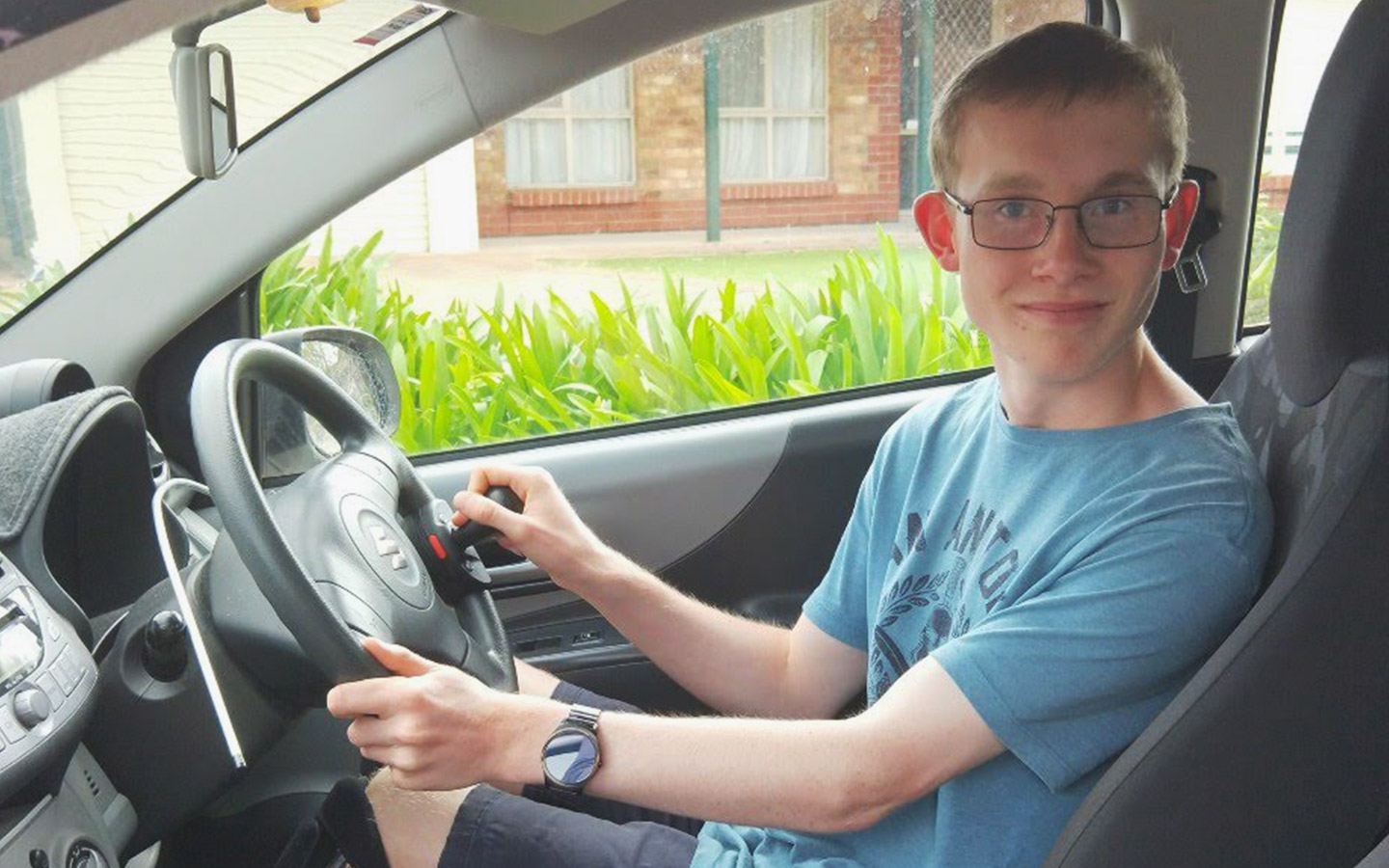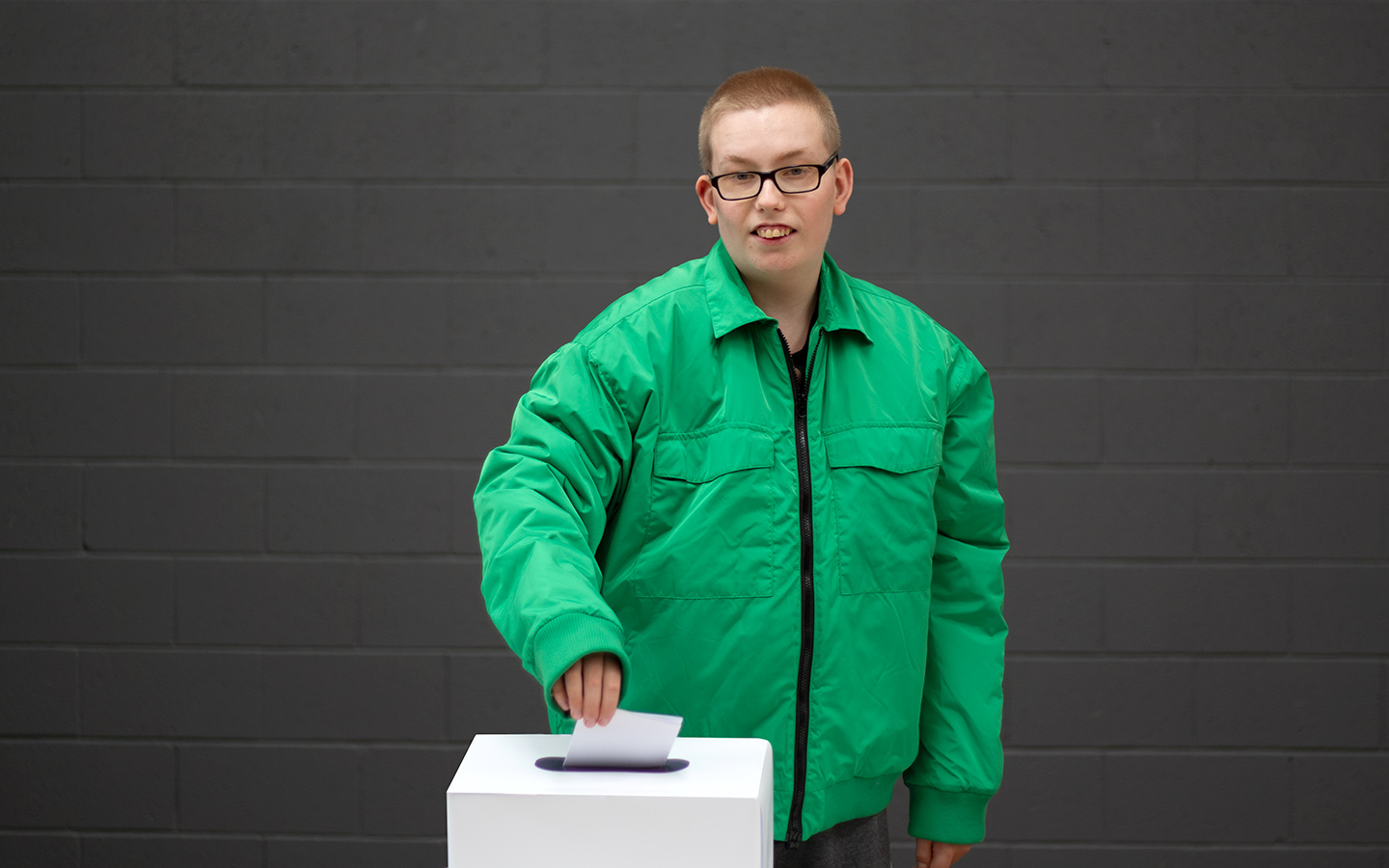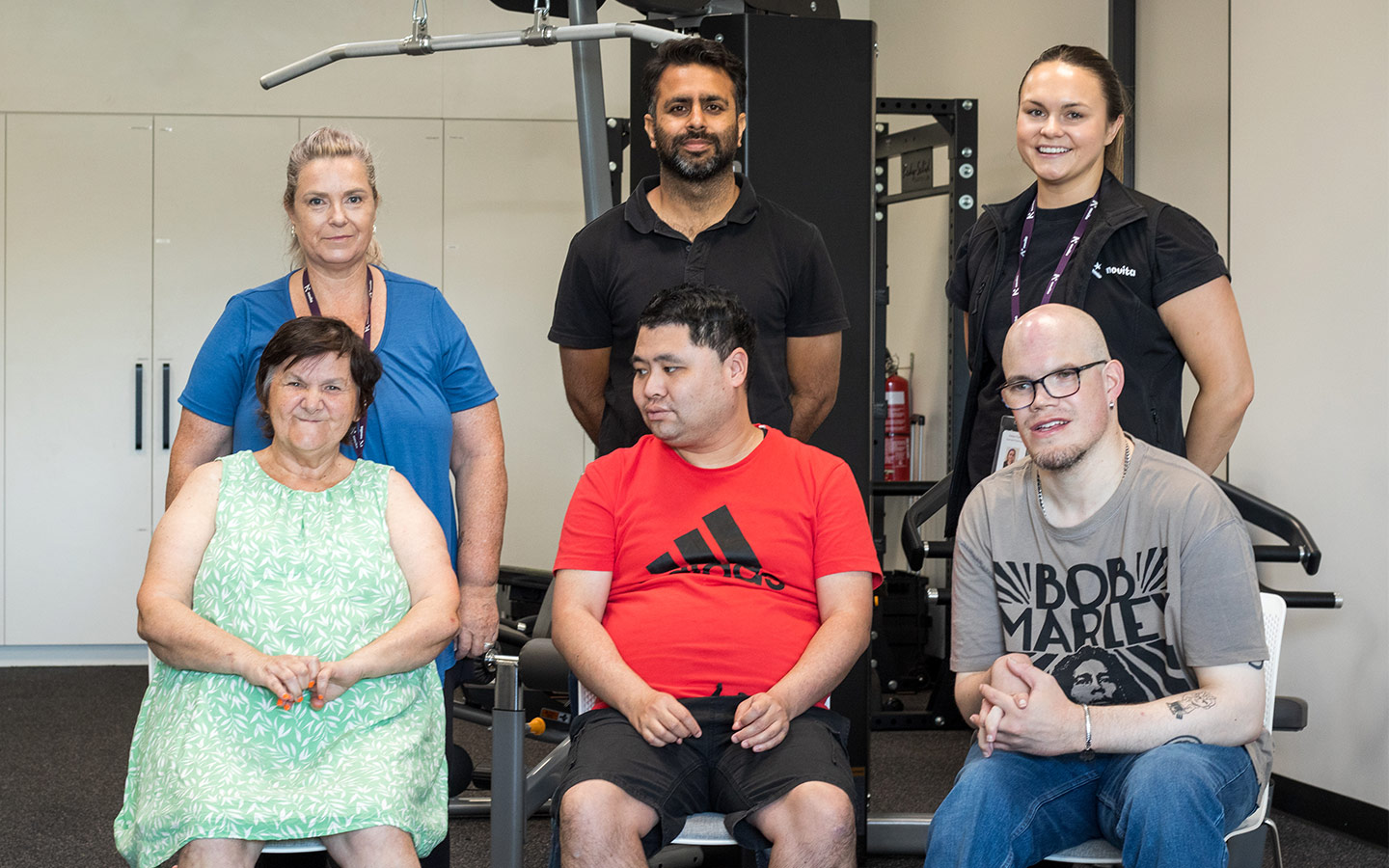Helpful Information
Guide for young people living with autism and other disabilities to learn to drive
access_time7min read

Learning to drive can often be a ‘rite of passage’ for teenagers transitioning into adulthood, and the process can often be more complex for young people living with disability.
Where there is potential for young people to safely earn their Learner’s permit and become a fully licenced driver, they should have the opportunity to learn how to drive – which can also be an important factor in living more independently.
We have put together the following helpful guide for young people living with disability and their families and carers to better understand the process of learning to drive.
First step
If you have any sort of disability, condition, or diagnosis that may have even the slightest impact on driving, you need to visit your GP or a physician for a medical clearance. The doctor will need to complete a form called MR712 which states that they believe there is no medical reason preventing you from learning to drive. This gives us the all-clear to start the learning to drive process.
Assessment
To understand more about you, Novita conducts a series of pre-driving specific tests, involving computer-based, table-top, and physical tests, as well as a functional assessment to give a good overview of your abilities. The tests usually take about two hours to complete. The results can show whether you can:
- register visual information quickly and thoroughly
- sustain, divide, and return your attention over an extended time
- tolerate distractions while concentrating on a specific task
- use your working memory to solve traffic-related problems
- anticipate potential hazards and observe obstacles
- appreciate your limitations and the possible risks associated with driving
- maintain composure under pressure
- recruit required movements instantaneously
- demonstrate adequate sensation coordination and range of movement to drive
- demonstrate adequate visual abilities to remain safe on the road.
We will then discuss the test results with you, including the strengths you can bring to driving and the areas that may require more attention before you attempt to sit a Learner’s test. In some cases, we might need to explain that learning to drive may not be a realistic goal in the short-term.
Modifications
The assessment process can also help us to understand how your physical needs might require support should you wish to pursue driving. We can begin to consider whether modifications might be needed and your ability to manage this slightly different and possibly more complex approach to driving.
In these early stages, no definite equipment prescriptions or recommendations are made. This tends to occur when you have your Learner’s permit, and you are ready to begin the practical component. A driver trained occupational therapist (OT) will assess your needs and work with a specialised driving instructor to trial equipment ready for you to begin lessons.
A similar set up can be arranged in your own vehicle for practice in between lessons with a fully licensed driver. There are organisations that assist in car modifications and NovitaTech’s Assistive Technology team are experts at liaising with these companies. There are also legal procedures that need to be followed to ensure the modified vehicle is verified as road-worthy and safe. A driver trained OT can support you through this process.
NDIS support
While we cannot guarantee you will obtain a full driver’s licence at the end of the process, if learning to drive appears to be a feasible goal and is clinically supported, we may prepare a report for the National Disability Insurance Scheme (NDIS) to advocate for funding to support the process.
Driving lessons
Once that report is done, your OT will make sure you can pursue your Learner’s permit with confidence. There are driving instructors who are specifically trained to support people with learning, physical, or sensory needs, and there are instructors that have modified vehicles. We can connect you with these driving instructors, and we supervise the process to ensure you feel supported and are taught to drive in a customised way.
Driver trained OTs can also join you and the driving instructor for lessons to gauge improvement and check if your goals need to be broken down further, or if the speed of the process needs any adjustment.
You need to keep in mind that driving is a very complex task that and might take longer to achieve for people living with disability. It is important to think of this process as a long-term aspiration rather than a quickly achieved goal.
Achieving a driver’s licence
Some people who go through this process only want a Learner’s permit. The permit gives them the capacity to drive with a driving instructor or with another fully licensed supervising driver, and it also gives them the licence card, which can be a significant, age appropriate item.
Driving lessons can also be a form of therapy for some clients because while learning to drive, you need to quickly process a wide range of information about your environment, divide your attention, manage unpredicted situations under time limitations, and engage your working memory to recall routes and directions. All these skills are transferrable and addressing them through driving can have great benefits in your confidence in other areas of life.
Our hope is that with the right supports, supervision, and modifications you can have the same access to learning to drive and that you enjoy the process of becoming a safe, confident, and independent driver.
How Novita can support you
Occupational Therapist, Rebecca is a driver-trained OT, which means she has undertaken additional university studies to enable her to support people living with disability to safely learn how to drive. Rebecca says learning to drive can be a significant milestone.
“Clients I see have a range of motivations for pursuing a driver’s license. Some are keen to become independent drivers, others are content to simply obtain their Learner’s permit and drive very occasionally with supervision, and others just enjoy making their way through the theory test,” she says.
“Quite often a client’s driving goals and expectations can change as they begin to learn to drive. For many clients the process is more effortful and prolonged than typically developing peers, which can be challenging at times.”
“For some of our clients it may not be safe or appropriate to drive due to cognitive or neurological challenges that cannot be overcome through training. Sometimes these conversations can be tough, but we need to do our best to keep clients, their families, and the community safe.”
Rebecca says her role as a driver-trained OT is to support young people and their carers to thoroughly consider whether learning to drive is an appropriate short or long term goal, or whether other forms of transport are likely to be required for the foreseeable future.
“Young people living with disability are often referred to me due to uncertainty around their driving potential. Parents and carers often have concerns, or maybe are just unsure how the process might look for their son or daughter if they have unique learning or physical needs.” she says.
“I work with these clients and families to understand the client’s strengths and weaknesses in relation to pre-driving skills. We look at their physical, cognitive, and visual capacities and try to get a better picture of their potential for learning to drive.”
More information about Novita’s occupational therapy services is available here.
If you would like to talk to us about learning to drive, contact our Customer Experience Team on 1300 668 482 or email [email protected]
More information about learning to drive in South Australia can be found on the mylicence.sa.gov.au website.
Information about ‘fitness to drive’ in South Australia can be found here.


